Qualitative Research Analysis: Design, Methods, Strengths, Weaknesses
VerifiedAdded on 2022/08/26
|5
|675
|16
Report
AI Summary
This report analyzes a qualitative research study, focusing on the research design, sample selection, data collection methods, and data analysis plan. The study employs a cohort design and stratified sampling, utilizing interviews and open-ended questionnaires for data collection, and text analysis for data analysis. The report identifies strengths such as flexibility and first-hand data, and weaknesses including potential participant bias and logistical challenges. References are provided to support the analysis. The report offers a comprehensive overview of the research methodology, highlighting both its advantages and limitations, and it is designed to provide a clear understanding of the study's approach and its implications.
1 out of 5
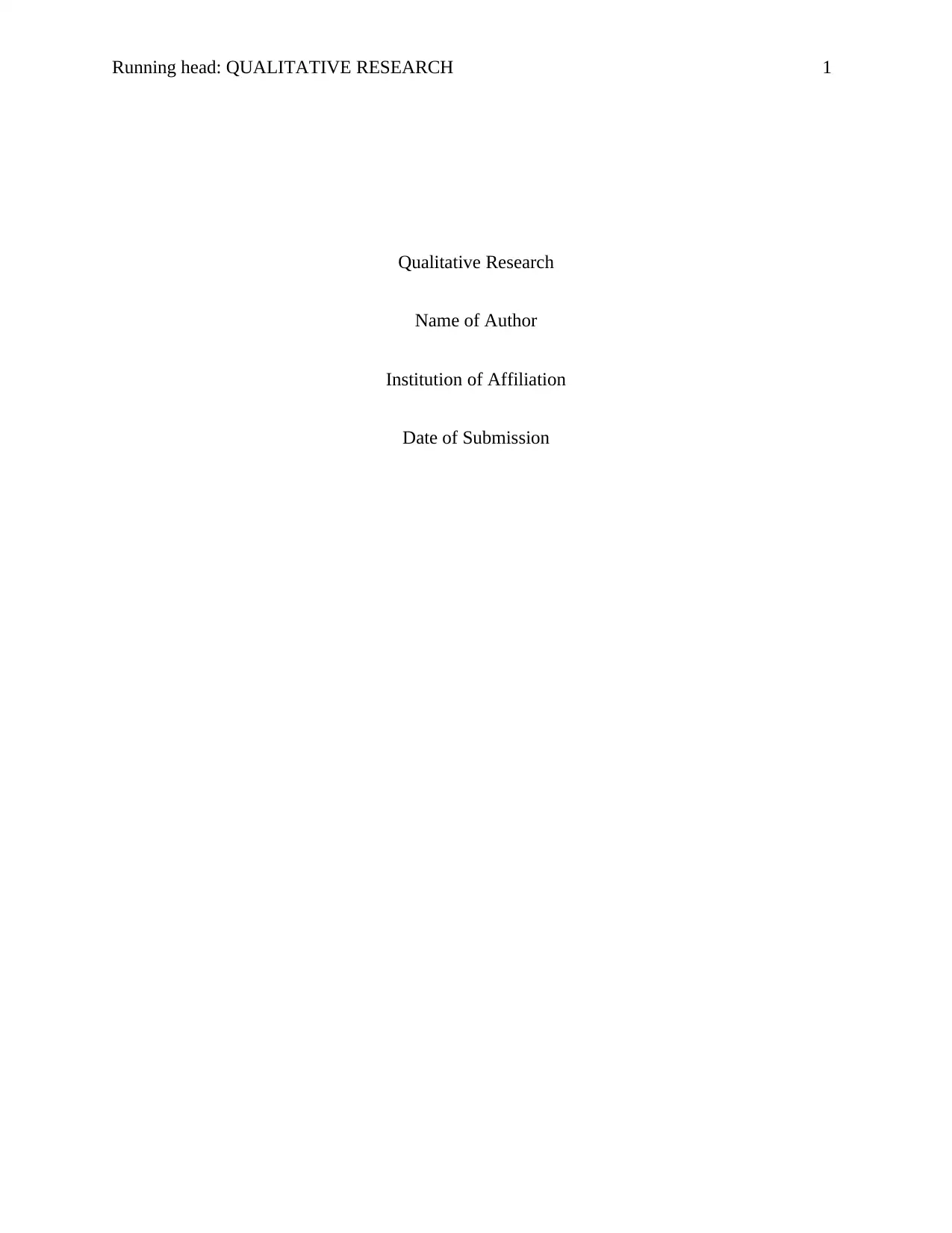
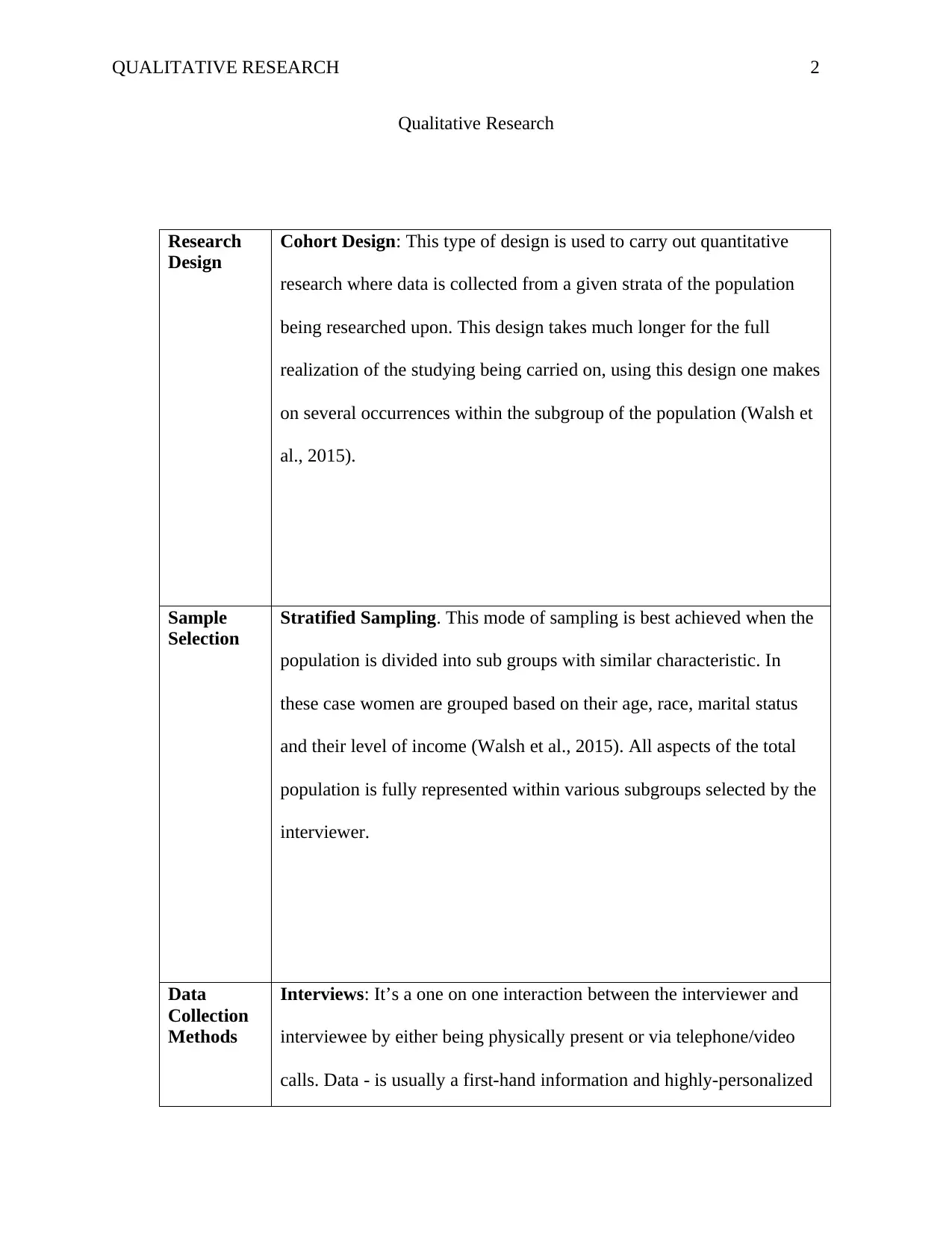
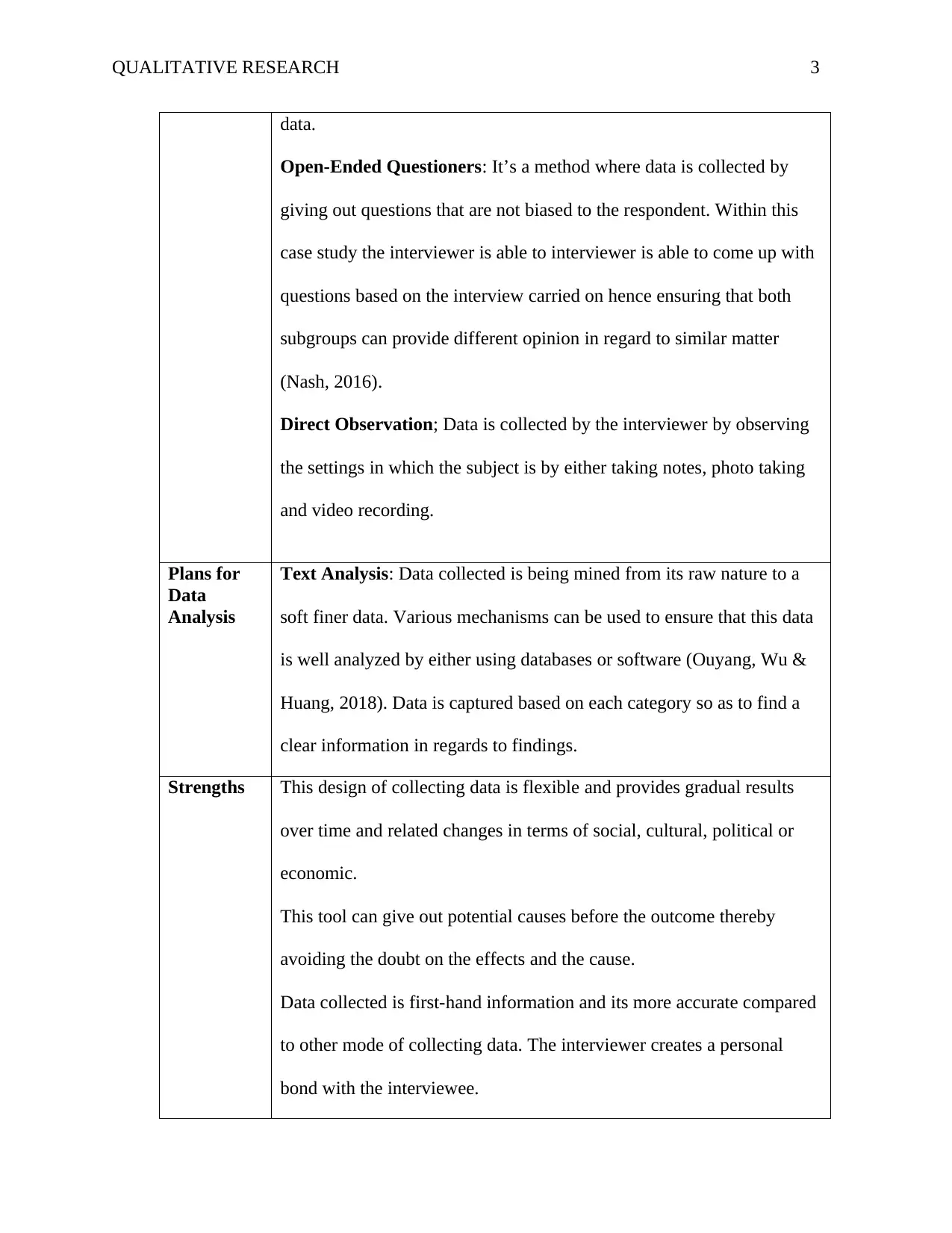

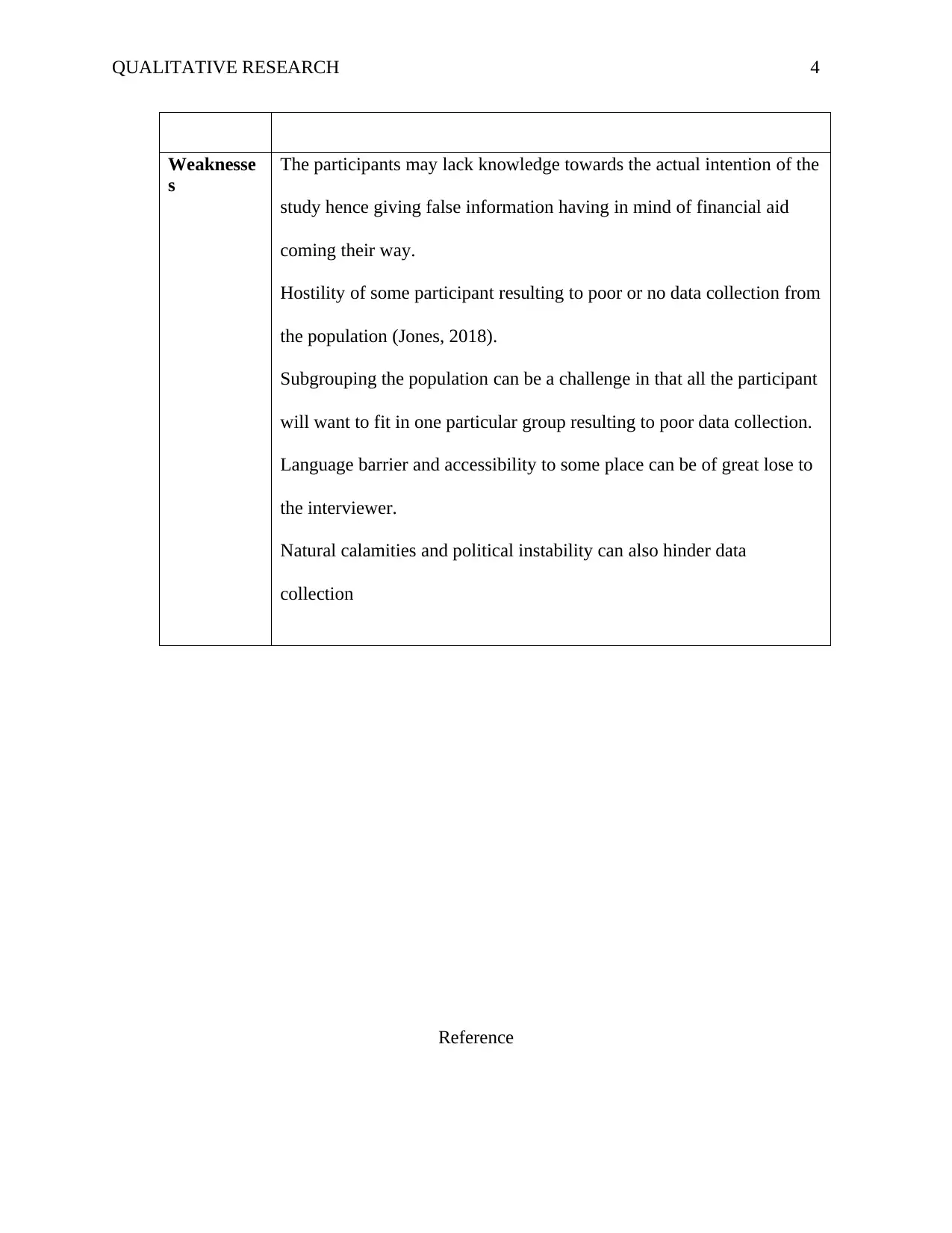
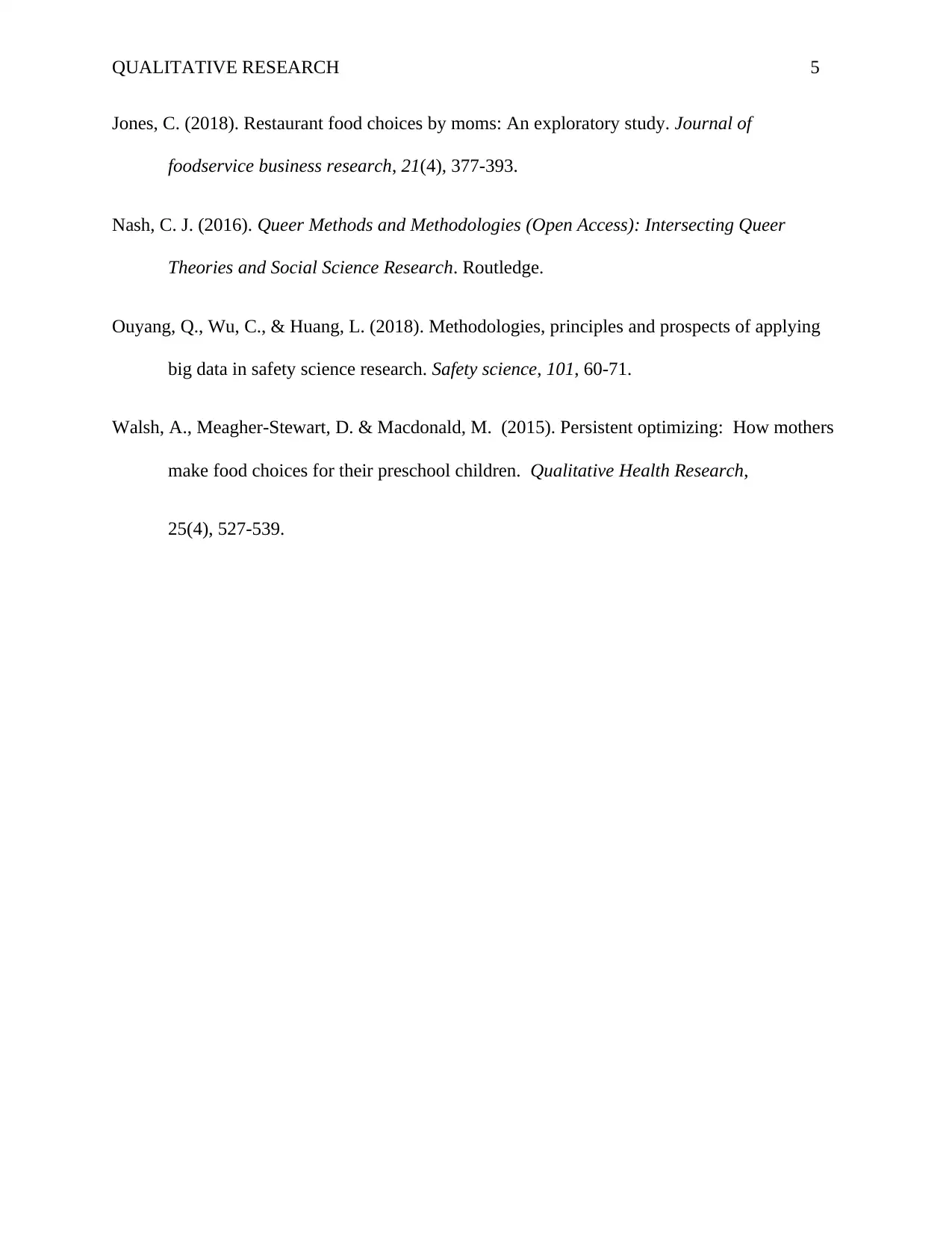






![[object Object]](/_next/static/media/star-bottom.7253800d.svg)